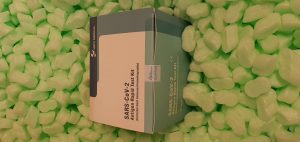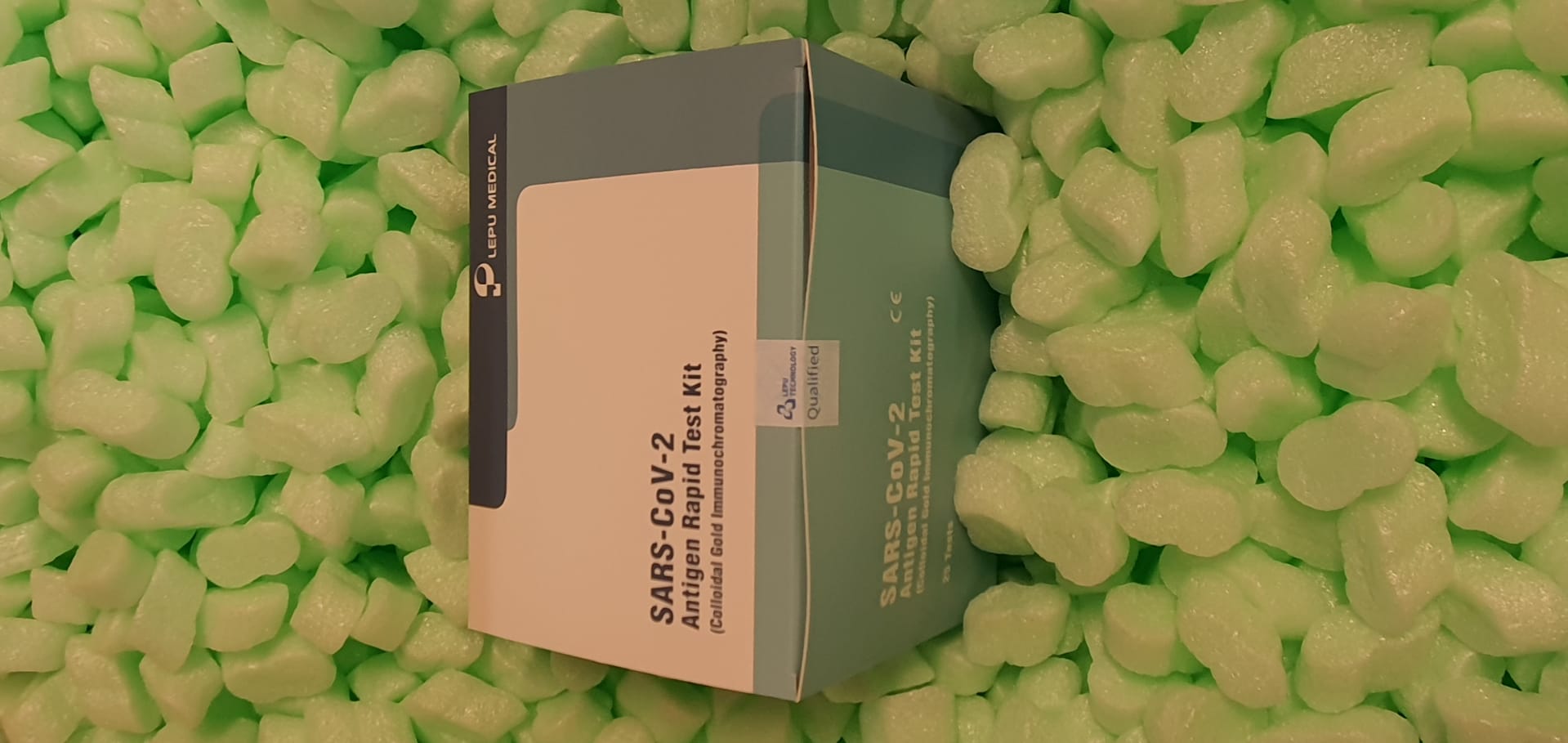Nucleic acids in inclusion bodies obtained from E. coli cells expressing human interferon-gamma
Inclusion our bodies (IBs) are protein aggregates in recombinant bacterial cells containing primarily the goal recombinant protein. Though it has been proven that IBs include useful proteins together with protein aggregates, their direct software as prescribed drugs is hindered by their heterogeneity and dangerous contaminants with bacterial origin.
Due to this fact, along with the manufacturing of soluble species, IBs stay the principle supply for manufacture of recombinant proteins with medical software. The information whether or not nucleic acids are real parts or concomitant impurities of the IBs is a prerequisite for the understanding of the IBs formation and for improvement of optimized protocols for recombinant protein refolding and purification.
IBs remoted from Escherichia coli overexpressing human interferon-gamma (hIFNγ), a protein with therapeutic software, have been used as a mannequin.Bs have been remoted from E. coli LE392 cells remodeled with a hIFNγ expressing plasmid beneath commonplace situations and additional purified by centrifugation on a sucrose cushion, adopted by a number of steps of sonication and washings with non-denaturing concentrations of urea.
The effectivity of the purification was estimated by SDS-PAGE gel electrophoresis and parallel microbiological testing for the presence of residual intact micro organism. Phenol/chloroform extraction confirmed that the extremely purified IBs include each DNA and RNA. The latter have been studied by UV spectroscopy and agarose gel electrophoresis mixed with enzymatic remedy and hybridization. DNA was noticed as a diffuse fraction primarily within the vary of 250 to 1000 bp. RNA remoted
TRIzol® additionally demonstrated a considerable molecular heterogeneity. Hybridization with 32P-labelled oligonucleotides confirmed that the IBs include rRNA and are enriched of hIFNγ mRNA. The outcomes introduced on this examine point out that the nucleic acids may be intrinsic parts quite than co-precipitated impurities within the IBs.
We assume that the nucleic acids are energetic individuals within the aggregation of recombinant proteins and formation of the IBs that originate from the transcription and translation equipment of the microbial cell manufacturing facility. Additional research are wanted to determine this notion. The standard and composition of the IBs have an effect on the refolding yield and additional purification of the recombinant protein.
Environment friendly restoration of the RNA-bound proteome and protein-bound transcriptome utilizing section separation (OOPS)
RNA-protein interactions play a pivotal position in cell homeostasis and illness, however present approaches to review them require a substantial quantity of beginning materials, favor the restoration of solely a subset of RNA species or are advanced and time-consuming. We not too long ago developed orthogonal natural section separation (OOPS): a fast, environment friendly and reproducible technique to purify cross-linked RNA-protein adducts in an unbiased approach.
OOPS avoids molecular tagging or the seize of polyadenylated RNA. As an alternative, it’s based mostly on sampling the interface of a normal TRIzol extraction to counterpoint RNA-binding proteins (RBPs) and their cognate certain RNA. OOPS specificity is achieved by digesting the enriched interfaces with RNases or proteases to launch the RBPs or protein-bound RNA, respectively. Right here we current a step-by-step protocol to purify protein-RNA adducts, free protein and free RNA from the identical pattern.
We additional describe how OOPS will be utilized in human cell strains, Arabidopsis thaliana, Schizosaccharomyces pombe and Escherichia coli and the way it may be used to review RBP dynamics. Excessive portions of high quality RNA are vital for a lot of veterinary laboratory exams. A number of industrial kits can be found for RNA isolation from human complete blood; their resultant RNA yield and purity haven’t been reported for canine complete blood, to our information.
We assessed the efficiency of four RNA extraction kits (RiboPure, TRIzol, RNeasy Defend animal blood, and QIAamp RNA blood mini). Entire blood from a wholesome canine was saved within the manufacturer-recommended RNA stabilizing buffer as directed. . Resultant RNA yield and purity have been evaluated utilizing spectrophotometric absorbance, capillary electrophoresis and electropherogram evaluation, and a reverse-transcription real-time PCR (RT-rtPCR) assay.
The RNeasy Defend animal blood package extracted the best, and RiboPure the bottom, focus of nucleic acid. RNA integrity numbers categorised extracted RNA pretty much as good high quality or higher for all kits besides RNeasy Defend. All kits had proof of genomic DNA contamination as assessed by RT-rtPCR. Total, QIAamp RNA blood mini package and TRIzol optimized each RNA yield and purity from canine complete blood.
These kits extracted excessive portions of fine high quality RNA as evidenced by excessive RNA integrity numbers and minimal contamination with proteins and solvents. RNA isolation, together with DNase remedy, was carried out utilizing every package’s producer’s protocol

Propagation, Inactivation, and Security Testing of SARS-CoV-2
In late 2019, a novel coronavirus, extreme acute respiratory syndrome coronavirus 2 (SARS-CoV-2) emerged in Wuhan, the capital of the Chinese language province Hubei. Since then, SARS-CoV-2 has been accountable for a worldwide pandemic leading to over four million infections and over 250,000 deaths. The pandemic has instigated widespread analysis associated to SARS-CoV-2 and the illness that it causes, COVID-19.
Analysis into this new virus will likely be facilitated by the provision of clearly described and efficient procedures that allow the propagation and quantification of infectious virus. As work with the virus is really useful to be carried out at biosafety stage 3, validated strategies to successfully inactivate the virus to allow the protected examine of RNA, DNA, and protein from contaminated cells are additionally wanted.
Right here, we report strategies used to develop SARS-CoV-2 in a number of cell strains and to measure virus infectivity by plaque assay utilizing both agarose or microcrystalline cellulose as an overlay in addition to a SARS-CoV-2 particular focus forming assay. We additionally show efficient inactivation by TRIzol, 10% impartial buffered formalin, beta propiolactone, and warmth.

